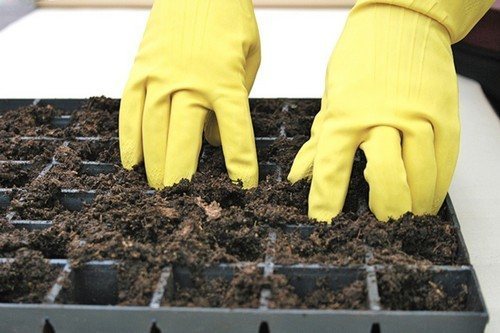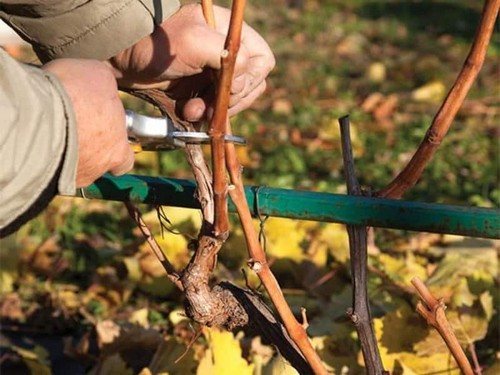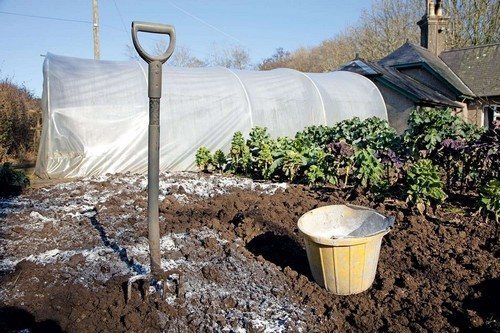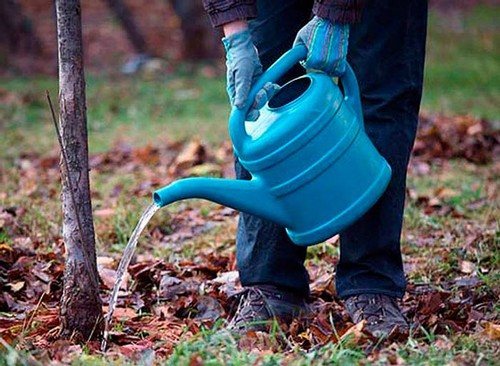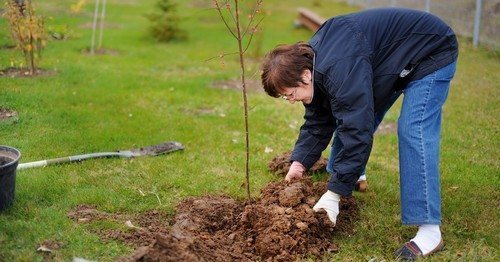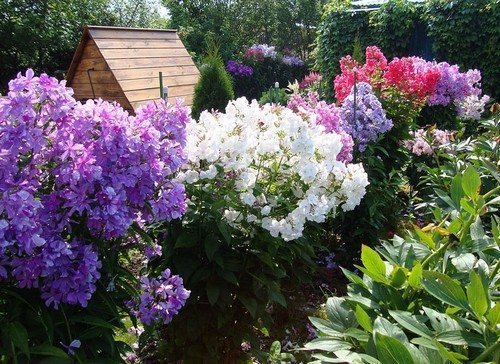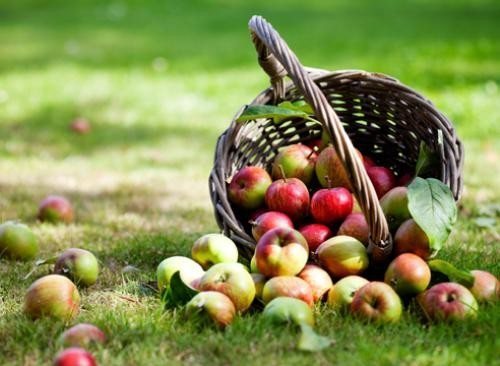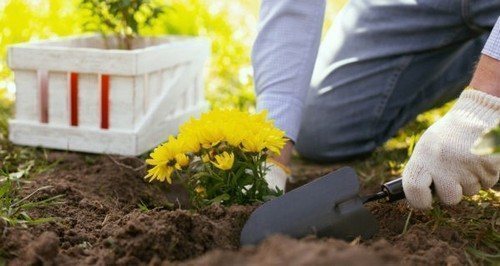Soil deoxidation is necessary to create comfortable living conditions for plants. The best time to carry it out is autumn, since during the winter all the required chemical reactions end, and in the spring the problem will remain solved. In soil with the required acidity, the microorganisms that vegetables require develop correctly. In addition, the frost resistance of plants improves and the amount of nitrogen increases, which improves crop growth.

Determination of soil acidity
The best acidity for almost all garden plants is considered to be pH in the range from 6.0 to 7.0. The two most common ways to determine soil acidity are by using litmus paper and by the presence of certain weeds.

The most progressive method is the determination using litmus paper. A set of tester data can be easily found on the market, in the agricultural department of stores, or ordered in online stores.
Working with it also does not cause problems: a hole is made in the garden or garden plot, from the bottom of which a small amount of earth is taken. The soil is poured into a container, litmus paper is placed on it, slightly pressed down, and filled with clean water.
After a few minutes, the paper begins to change color. If it turns green or blue, there is no cause for concern, but if it turns red, it means the soil needs immediate deoxidation.
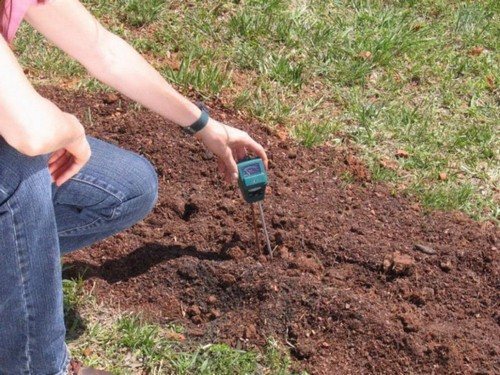
The following weeds are also indicators of increased soil acidity: horsetail, dandelion and horse sorrel.
Methods for soil deoxidation
There are several most popular methods of soil deoxidation.
Liming
Finely ground slaked lime is added to the ground, which should be deepened by 15-25 cm. For slightly acidic soil, 20-25 kg of slaked lime is added per acre, for moderately acidic soil - 40 kg, for high acidity - 50-60 kg of slaked lime.
Dolomite flour
It is somewhat more expensive than slaked lime, but is considered more useful and significantly improves the structure of the soil. According to the application rates, everything is similar to liming.

Wood ash
They are used mainly as an additional deoxidizer together with chalk or lime, since there is no calcium in wood ash. Per square meter of land, 200g of ash is mixed in a liter of water.
Green manure
Plants that enrich the soil with various useful substances and are able to protect the area from weeds. However, they are suitable for deoxidation only in the case of slightly acidic soil.

Chalk
A more labor-intensive method, since before applying the chalk must be thoroughly crushed. For slightly acidic soil, 250-300g of chalk is added per square meter, for moderately acidic soil - 400g, and for acidic soil, 500 or more grams per square meter are added.
Gypsum
It dissolves in acids, bringing the soil to the optimal pH value in a relatively quick time. From 100g of gypsum with weak acidity to 400g with strong acidification are added per square meter of land.
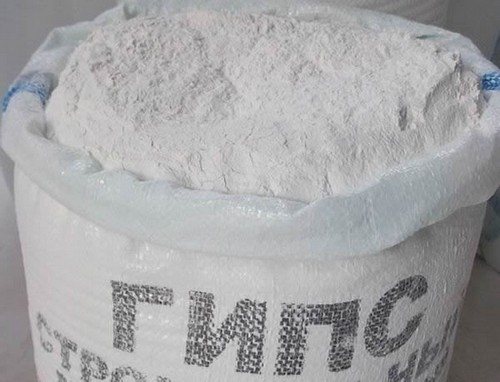
The soil should be deoxidized every three to four years.If this is not done, and the acidity of the soil is disturbed, then, firstly, the soil becomes compacted, making it difficult for oxygen to reach the roots, and secondly, the absorption of fertilizers by crops is reduced.


